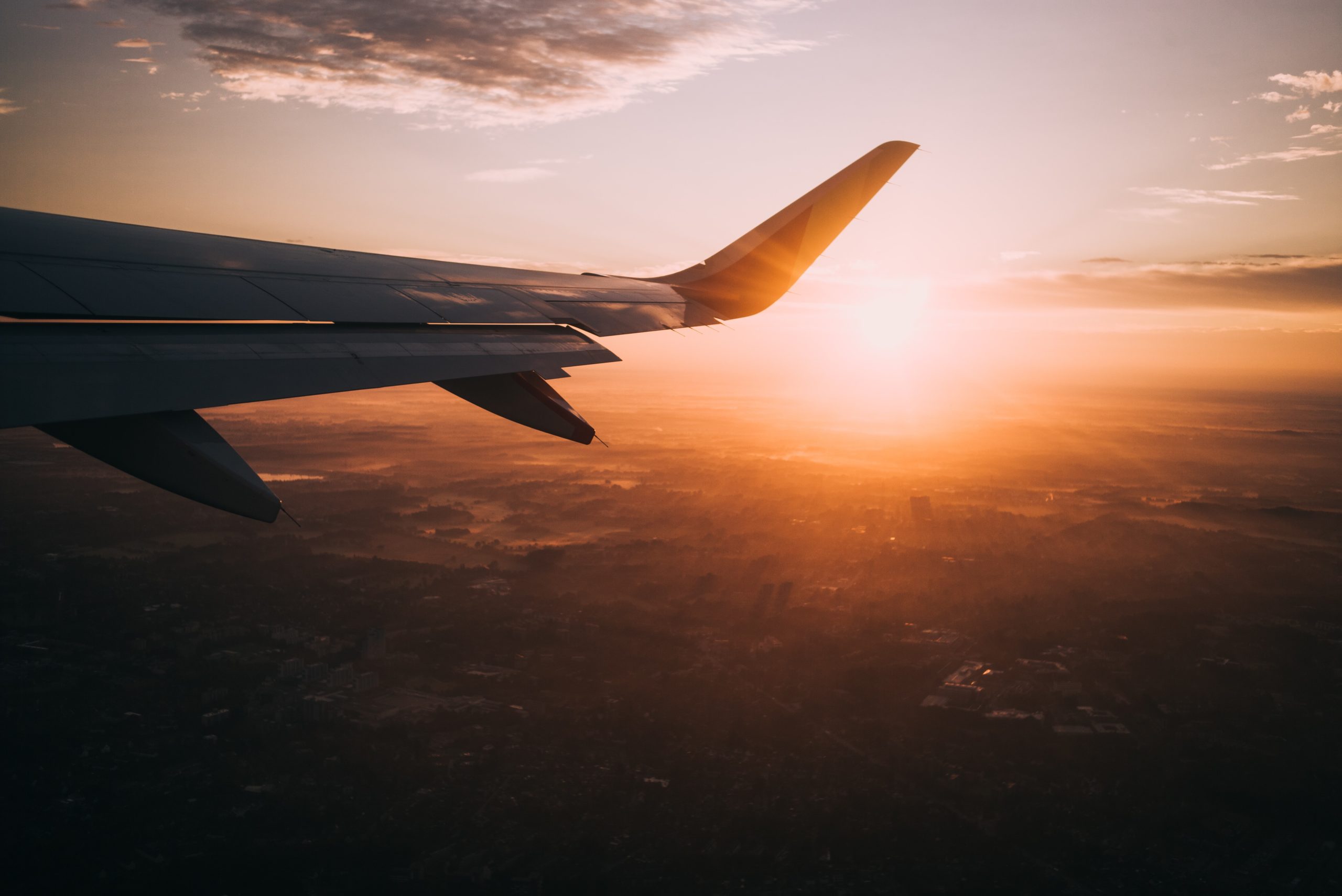WASHINGTON – Airports Council International – North America (ACI-NA), the trade association representing commercial service airports in the United States and Canada, today called for continued collaboration and coordination between the aviation stakeholders and the U.S. government as travel begins to resume with the release of ‘Runway to Recovery,’ a document put forward by the U.S. Departments of Transportation, Homeland Security, and Health & Human Services with guidance on the recovery of the aviation sector.
“America’s airports are committed to ensuring the health, safety, and security of the traveling public and airport workers,” said ACI-NA President and CEO Kevin M. Burke. “We are grateful for our ongoing collaboration with federal aviation officials as commercial passenger traffic starts to increase. The guidance included in ‘Runway to Recovery’ represents another important step in that conversation.”
Since the beginning of the COVID-19 pandemic, airports have been intensely focused on providing for the health and safety of their passengers, employees, and tenants and urged federal regulators to establish consistent federal guidelines to ensure the efficient recovery of the aviation sector. Any federal guidance should be developed through collaboration and coordination with aviation industry stakeholders to ensure new measures are risk-based, account for the efficacy, ease of integration without costly facility modifications, and the local actions already being taken by airports to promote health and safety in aviation.
“Airports will continue to work with all relevant federal, state, and local health and aviation officials to harmonize our risk mitigation measures to provide for the health, safety, and security of passengers and workers,” Burke said. “Airports have already taken a number of steps to limit the spread of COVID-19, including the adoption of physical distancing guidelines in terminal buildings, calling for a federal requirement for the use of face coverings, increasing the frequency of facility cleaning and modifying the operational parameters for heating, ventilation and air conditioning systems.”
In testimony before the House Committee on Homeland Security House Subcommittee on Transportation and Maritime Security last week, Burke explained the unexpected plunge in travel related to COVID-19 will cost U.S. airports at least $23 billion and stressed the need for additional federal funding to help airports meet operating costs, enhance security, and provide for the health of the traveling public. He called for $13 billion in additional emergency assistance to help airports meet growing operating costs and their debt-service obligations in the coming year and to establish a joint advisory panel involving the Department of Homeland Security, the Department of Transportation, the Department of Health and Human Services, the Department of State, and industry stakeholders to develop recommendations for the operational, infrastructure, and technology issues related to pandemic planning.
North American airports this week unveiled a series of recommendations compiled by ACI-NA’s Airport Industry Recovery Advisory Panel to ensure the health and safety of travelers and workers passing through airport facilities. As the report recommends, the recovery of the aviation sector will require a consistent and harmonized approach with clear industry standards and good practices.
ACI-NA also launched the “Ready for Every Journey” campaign to educate passengers about the steps airports have taken to keep passengers healthy and safe and to let them know what to expect and how to prepare for air travel during the COVID-19 pandemic.
###

